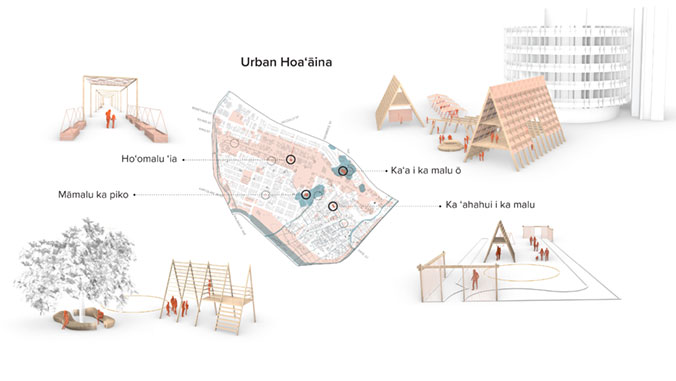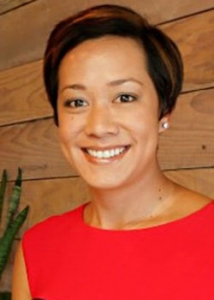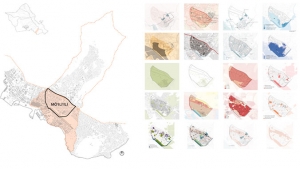
A University of Hawaiʻi at Mānoa School of Architecture student designed a new urban typology in service to Indigenous design and perspectives for a more inclusive city. Her project, “Indigenizing Urban Spaces: Toward a Critical Consciousness for Indigenous Design in Hawaiʻi,” won the American Planning Association (APA) Hawaiʻi Chapter “Student Project Award.”

Tammy Keliʻi Kapali’s project proposed an innovative planning and design framework to rethink urban spaces through an Indigenous lens and a whole systems approach. By exploring the underlying patterns and histories of places in Mōʻiliʻili, it reveals the potential for a new urban typology that merges Hawaiian design with the large urban area. The proposal to the design competition provided a potential to expand the typology, transfer the approach and catalyze incremental changes.
“Receiving this award provided a sense of relief and reassurance that this type of work is important and hopefully builds momentum for continued support and development,” said Kapali, a doctor of architecture (DArch) student. “The School of Architecture offers many opportunities for creating speculative and Indigenous futures within Hawaiʻi and in context with Hawaiian ways of knowing. There is nowhere else in the world to study Hawaiian design and architecture within this context.”
There is nowhere else in the world to study Hawaiian design and architecture within this context.
Our built environment is a combination of identities and moments that resulted from the interplay between American occupation of Hawaiʻi on the one hand and sustaining Indigenous prerogatives on the other. Urban spaces are particular moments in the built environment where dominant settler-colonial narratives and constructs reinforce the perception that Indigeneity is somehow incongruent with city life and the modern world. This research seeks to confront the impacts of settler-colonialism in the city by exploring ways to create a more sustainable and inclusive city.
The DArch advising committee consisted of Karla Sierralta, an associate professor in the UH Mānoa School of Architecture; Konia Freitas, an associate specialist at the Kamakakūokalani Center for Hawaiian Studies; and Kuhaʻo Zane, creative director of Sig Zane Designs and Sig Zane Kaiao.
“It is an honor for Keliʻi to be recognized amongst renowned firms, professionals, public agencies and community initiatives,” said Sierralta. “Her proposal for a new urban typology petitioning for a more equitable and sustainable city embodies critical thinking and exemplifies design excellence, both fundamental aspects of a student’s preparation for navigating the complexities of architecture and its related disciplines.”

The DArch project offered an opportunity for students to integrate research and design. Students work with advisers and topic experts from diverse disciplines to tackle current topics related to architecture and the built environments. The annual awards are given to recognize individuals, communities, private organizations, public agencies, and professional planning and design firms whose work exemplifies the planning profession’s highest goals and ideals.
“Having to walk in two worlds is a privilege. It allows me to see multiple ways of knowing even though it does require reconciling differences when these two worlds often diverge or collide,” said Kapali. “As an educated Hawaiian woman, learning from both the academy and ʻāina allows me to understand my own privilege and marginalization and seek ways to be progressive and answerable within this dichotomy. In doing so, I explored the possibility of better outcomes.”
This work is an example of UH Mānoa’s goal of Enhancing Student Success (PDF) and Becoming a Native Hawaiian Place of Learning (PDF), two of four goals identified in the 2015–25 Strategic Plan (PDF), updated in December 2020.

